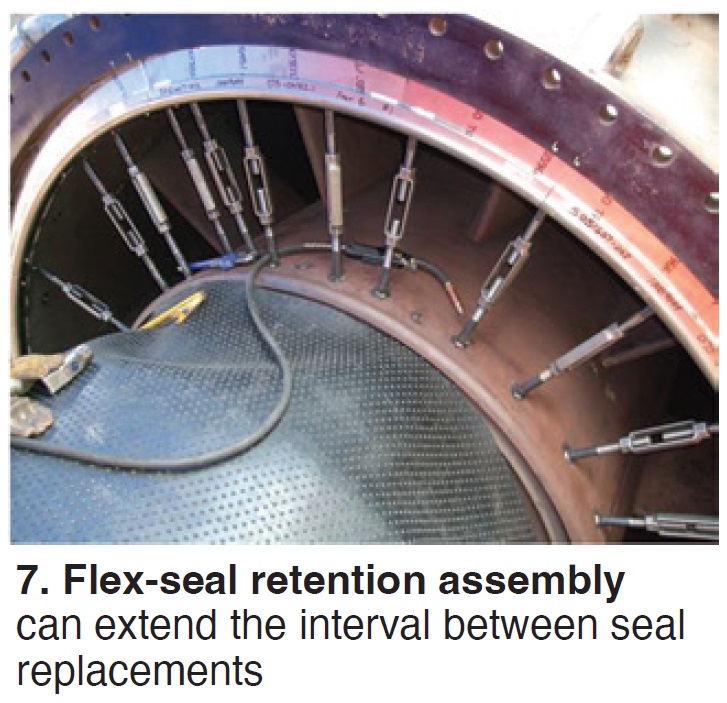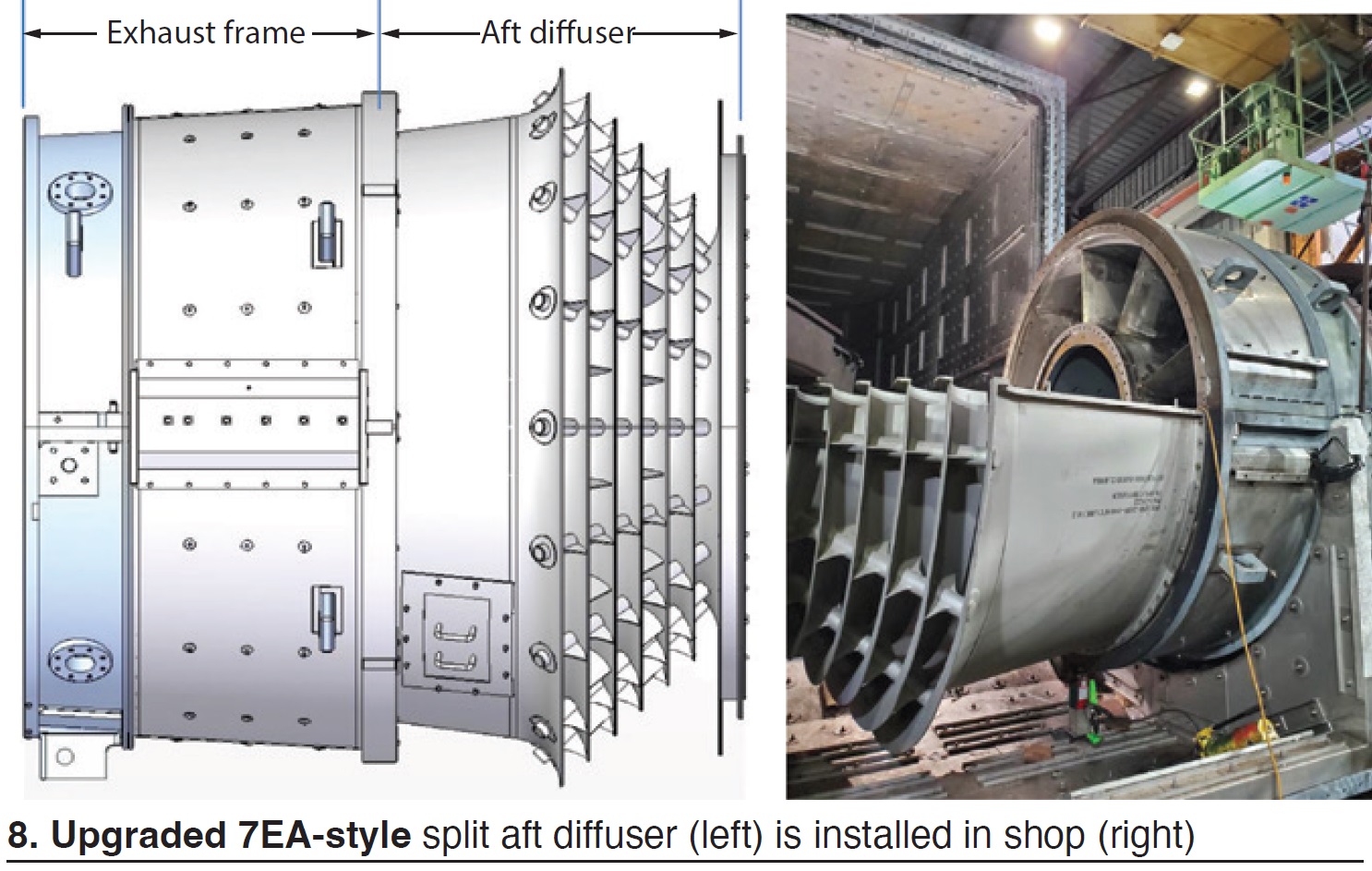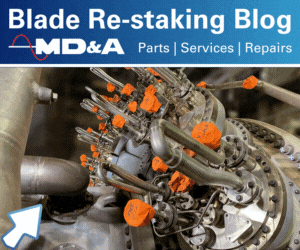This is the second segment of CCJ’s three-part report on PSM’s 2024 Asset Management Conference, conducted at the Westin Beach Resort in Fort Lauderdale, Fla, January 29-February 1. The first segment was published earlier this year, the third installment will appear in CCJ later this year.
The focus here is fourfold:
- FlameSheet™ keeps getting better.
- Benefits of additive manufacturing (AM) in the production of R1 vanes.
- Technical presentations by industry partners on (1) generator field rewinds, (2) impacts of GT upgrades on heat-recovery steam generators (HRSGs), (3) exhaust-frame mods and improvements.
- Shop tour at the Jupiter center of excellence.
IPS: Exhaust frames need love too
It’s easy to forget that the non-flashy components of a modern combined-cycle plant can also affect performance. Case in point: the exhaust frame. David Clarida from Integrity Power Solutions (IPS) addressed fleet-level issues associated with exhaust frames in a preso entitled, “7F and EA Exhaust Frame R3 Modifications and Upgrades.” Note that R3 is shorthand for repair, refurbish, replace.
Operationally, the issues include exhaust-frame cooling-air loss, overloading of cooling-air blowers, load- and bearing-tunnel temperature increases, running two cooling-air blowers and losing redundancy, high-temperature exhaust-spread risk, potentially high wheel-space temperatures, repair costs increasing over time and still not making outage intervals, material degradation, and casing structural cracks.
Specific mechanical issues addressed include the following:
- Outer forward diffuser, flex-seal failure.
- Inner forward diffuser, L seal-block cracking.
- Horizontal parting joint, separation and cracking.
- Airfoil channel cracking.
- Outer diffuser, cracking at airfoil tail location.
- Insulation pack and clip failures.
- Aft diffuser cracking.
- Stainless steel reaching end of useful life.
The slide deck offers descriptions of solutions, along with photos, for most of these problems and four site case studies in which one or more of these solutions substantially improved performance for the customer. In two of the case studied, the sites were able to return to operation with one blower running at normal amperage.

A good example of a solution is the patented flex-seal retention assembly (Fig 7) which has been installed in 60 units and is supported by 29,000 operating hours. IPS says it has reduced seal-failure risk, stopped cooling-air leakage, and is easier to install and maintain than alternatives.

One of the case studies features an upgraded, split aft diffuser (Fig 8), which addresses inner-barrel circumferential cracking, aft flex-seal ring separation, turning-vane cracking, and load-tunnel and back-wall insulation failures.









